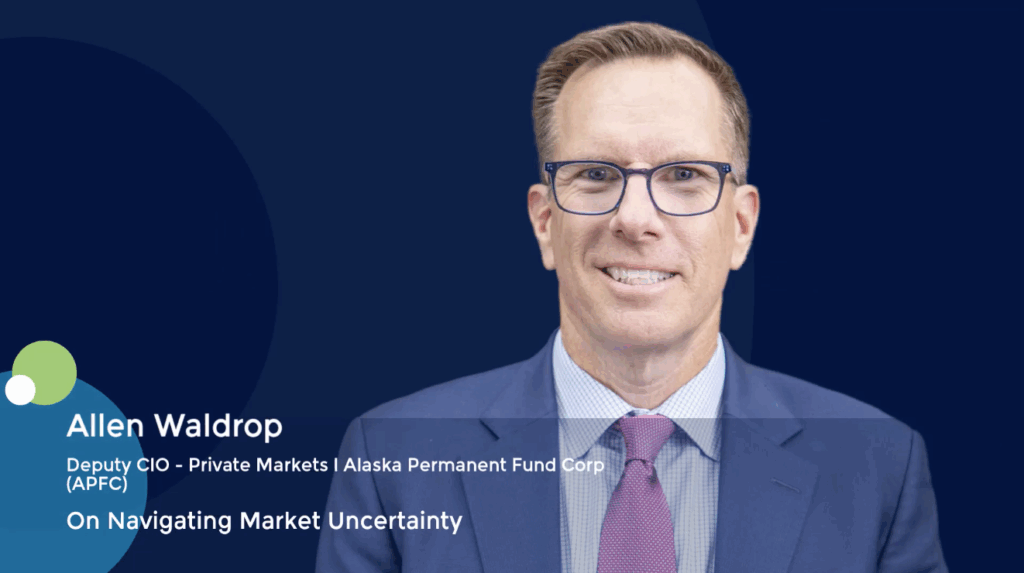Deal Focus: Astorg’s EUR 1.4bn continuation vehicle positions Normec for US push
Astorg’s acquisition of Netherlands-based Normec was predicated on an M&A spree in Europe’s fragmented testing, inspection, certification, and compliance (TICC) industry, which appeared set for consolidation as regulation and automation raised the competitive bar.
Four years and 40 acquisitions later, the strategy paid off, but the consolidation story has several chapters left. This prompted Astorg to rally a coalition of top secondary investors – CVC Secondary Partners, Pantheon, Lexington Partners, and Eurazeo – to anchor a EUR 1.4bn continuation vehicle (CV) for Normec. Several of its LPs rolled over their interests as well.
The deal facilitated an exit for Astorg’s seventh flagship buyout fund, but it also presented Normec with more time and capital to expand its M&A efforts from Europe into the US, Benjamin Cordonnier, the sponsor’s business services partner and head of portfolio performance, told Mergermarket.

Benjamin Cordonnier, Astorg’s business services partner and head of portfolio performance.
Normec has quadrupled in size since Astorg bought the business from Summit Partners in 2020, adding offices in the UK, Belgium, and Germany to its existing base in Amsterdam. While there was inbound interest from sponsors and strategic buyers, Astorg and Normec recognized “quite early” that a CV could enable them to achieve even greater scale.
“We want to continue to consolidate the European market, which is still super fragmented in the geographies where Normec plays, and we want potentially to expand into the US,” said Cordonnier, adding that the US has “very strong growth prospects” and is ripe for M&A.
This is not Astorg’s first sizeable CV. In 2022, it raised a EUR 1.3bn CV to purchase investment services provider IQ-EQ, then the last remaining asset in its fifth buyout fund. AlpInvest and Goldman Sachs Asset Management anchored the CV.
“We had already been through such a similar process, and at that point, we already had interacted with some of these leading secondary players,” said Cordonnier. “So there were some pre-existing relationships.”
Astorg always felt TICC was a good fit for its buyout strategy, which typically involves buying platform companies in non-cyclical, fragmented industries and executing buy-and-build agendas. TICC companies offer a broad range of critical services, from auditing to quality assurance, serving customers across consumer, life sciences, aerospace, and food and agriculture.
Heavier regulatory burdens are expected to sustain the consolidation theme as industry participants must invest in internal competencies. “You have more and more safety requirements and safety considerations … [creating] … a long-term, secular trend of growth,” said Cordonnier.
Private equity activity in TICC has increased steadily in recent years, according to a 2023 report by M&A boutique Harris Williams. The median EBITDA multiple across comparable TICC transactions involving financial buyers increased 10.3x between 2012-2017 to 14.8x between 2018-2022, according to the advisor’s report.
Normec is well-positioned because its expertise stretches from water, air and soil quality to fire safety, gas safety and food safety. These markets have no cyclicality, zero capital expenditure exposure, and strong growth potential on the back of increasing regulation, Cordonnier explained.
It also serves as a one-stop-shop for a client’s every TICC need. Cordonnier observed this leads to increased client stickiness, more opportunities to upsell and cross-sell, and “a very deep M&A runway” with a plethora of assets up for grabs.
“[Normec] was a very good candidate for a CV because there was a very clear value creation plan with a lot of downside protection, a lot of upside, and a management team that had already demonstrated it could implement such an ambitious ‘buy and build,” he added.
Astorg’s aggressive acquisition strategy for Normec – it works out at nearly one deal per month –has proved successful in Europe. Recreating it in the US means moving equally fast and targeting larger assets. Most acquisitions in Europe have involved companies with around EUR 1m to EUR 2m in EBITDA; USD 5m is regarded as the likely minimum in the US.
“When you’re starting in a new country or new geography, you want to make sure that you start with a platform of sufficient scale,” Cordonnier said. “A lot of things can go wrong by starting with a smaller company and inexperienced management team.”










